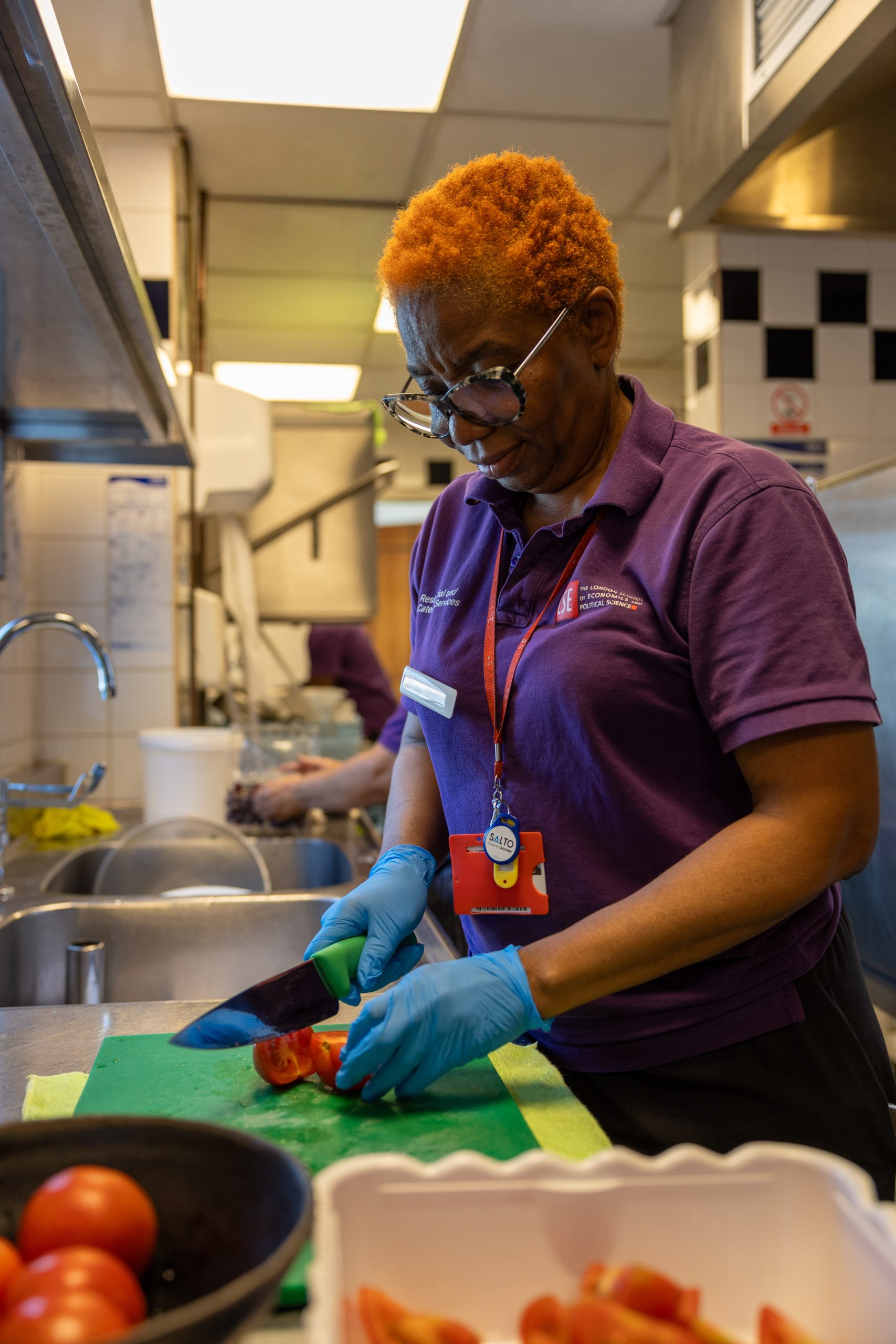By Hila Davies & illustrated by Charlie To
I think that one of the most curious parts of being human is how we process loss. There is something intrinsically beautiful in the way we come together to celebrate people’s passing, and our trust in the idea that our existence continues beyond the end of our lives. Sitting in Lincoln’s Inn Fields this week, I was suddenly overwhelmed by the number of memorial benches surrounding its perimeters. From MBEs holders to locals strolling in the park everyday to walk their dogs, the space acts as a haven for remembrance without us really realising.
Memorial benches are not a new concept for me. I have distinct memories of visiting my uncle’s bench in rural North Wales, covered with snow, the sound of water rushing by from the nearby river. By having the bench, an event so full of heartache has been memorialised into a place of peace. He continues to bring joy and comfort. I sometimes wonder about the people who stop by his bench, not knowing his story or the life led before it. Do they read the plaque? Do they stop and wonder about this man, a stranger, and all the moments that led to them sitting on his bench? I like to imagine that it is not simply an interaction between person and object, but also one between person and a life that is infinite.
Similar to the last edition of this column, I believe that we are all wired to create narratives. Stories flow through us whether we want them to or not, and with a simple passing glance to a name on a plaque, we give a whole new life to the person it is commemorating. Whilst in bed with Covid last week, I watched Disney’s Coco. In the movie, the souls of our ancestors live on in an after-world, but those who are no longer remembered by anyone in the living world begin to disappear. I can’t seem to get this idea out of my head– the idea that beinghood is not just the time spent alive, but the time spent existing in living memory. With this in mind, I think the reading of inscriptions goes beyond simply being an act of respect – it honours the life it is celebrating and, through memory, allows for their continued existence.
But what is it about us that wants to make these deeply personal displays of remembrance public? Maybe Coco’s storyline is not new at all, but one that reflects that innate human desire to be remembered? The inscriptions on these benches, whilst addressed to the commemorated, are perhaps most commonly intended for a public audience. We describe the person in terms of their connection to those they left behind – they are remembered as an uncle, a brother, a son, a grandson, a friend. These descriptions are the pinnacle of what makes memorial benches so curiously beautiful in my opinion. In life, we exist as our relation to those we love — we are a collection of lives and not an isolated singular entity. In that respect, we are never truly lost and we are never truly alone.
So, on your next walk into campus, I implore you to spend a couple extra minutes with the benches of Lincoln’s Inn Fields. For a moment, whilst you sip your morning coffee, become part of their ‘one wild and precious life’. In the words of Franca Knowles MBE, inhabitant of a bench on the north-west side, “Live your Life.”



